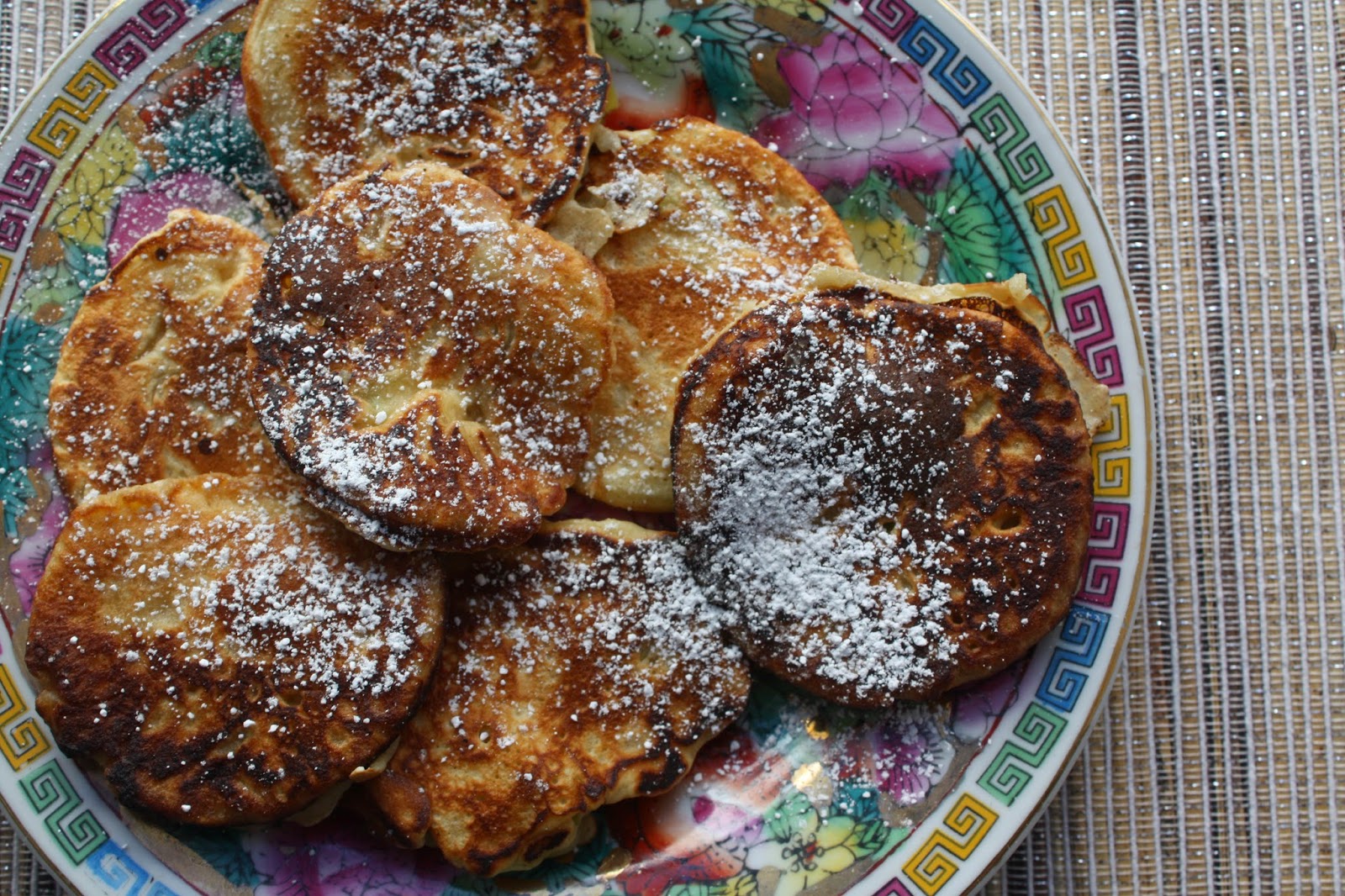Banana flapjacks. I sort of improvised this recipe. I’ve never really understood the difference between pancakes and flapjacks, but I like to say “banana flapjacks” so that’s what I call them. Here’s how you make them: In a medium bowl, mix ¾ cup flour with almost 1-teaspoon baking powder. In another medium bowl mash 1 big banana and mix with ½ cup milk, a teaspoon of vanilla, and one egg. Add the wet ingredients to the dry ones; mix well and fry (in butter) on medium heat. I served the flapjacks with sliced banana, maple syrup and a light dusting of Saigon cinnamon. Since it’s Easter, we’re celebrating with a little extra sugar in the form of some Lindt chocolate on the side.
If you think
about it, life is quite full of nasty surprises. My first visit to the dentist
comes to mind (thank goodness, dentists and their equipment are so much better
nowadays), the sudden onset of tonsillitis is another, being jilted for the
first time is a third, but the worst one to me is clutter. Why? Because it’s an
endless, on-going issue, one that can be likened to Chinese water torture. And
it seems no solution is in sight. It’s beyond me how clutter can build up with
such expert speed; it’s always quicker than me. I can never catch up with the
growing piles of paper, clothes, broken toys, and socks strewn around the
house. When I have one area sort of cleared, it all starts again in another.
It’s enough to
make me want to cry.
Enter Marie
Kondo and her Japanese system of “tidying up”, which is what we might call
organizing. I read her book The Life-Changing Magic of Tidying Up as if it were
a detective story, I couldn’t put it down, that’s how excited it made me. And
I’m not alone; actually I’m late to the party. If you’re following Kondo’s
system (and people actually use her last name as a verb, they “kondo” their
cookbooks and they “kondo” their music lists, google “Marie Kondo” and you’ll
see for yourself), you need only “tidy up” once. She believes that if you do it
once (and then follow up once a year at the most) you’ll discover that this
kind of tidying will actually change your life. You will have a different life,
because you won’t be bogged down by stuff you might not only not want, but
probably also don’t love. And once you’re not bogged down by stuff, you’ll
discover that there’s a whole new world out there, and you can pursue the life
you always dreamed of. Doesn’t that sound exciting?
The secret is
that Kondo gives you permission to throw out that which you do not love! Be it a blouse you paid
$100 for or the instruction booklet to your digital camera, if you don’t love
it out it goes. Because what good is the expensive blouse doing sitting in your
closet? Admit it, if you never wear it you never will, don’t fall for “perhaps
later when I’ve lost 5 lbs”. Just. Throw. It. Out. Same with the instructions
to your camera, who ever reads that stuff anyway? It’s a thick and bulky booklet
and where does one put it in the first place? Throw. It. Out. If you ever need
instructions for your camera, you can get help through Internet, friends, or by
just playing around with the camera yourself. The Christmas card from your
daughter? It gave you all the joy and love in the world when you received it,
now that love and joy is inside of you, and you can feel free to throw out the
card. See?
This permission
thing is a big thing with me. I am not at all a hoarder, not even by a long
shot, but I do feel enormous guilt if I throw things out that I feel I paid a
lot of money for or things that are of sentimental value. Kondo, however, tells
me to not feel that way: We live in the here and now, and how often do you read
the love letter that guy sent you in 9th grade anyway? Keep a few
things, but let the ones that don’t give you any joy hit the road.
Though I think
the book is well worth the money, you don’t actually have to read it to become
a Kondo-convert. There are plenty of detailed descriptions on how to start
Kondoing your home and other areas in your life online. Be sure to check out
the videos on youtube where Marie Kondo shows how to fold clothes Japanese
style. Not only practical but also enormously attractive. Her underwear and
sock drawer? Pristine, precise, and pretty. That’s how all socks should live
when they aren’t on your feet.
The Life-Changing Magic of Tidying Up by Marie Kondo













